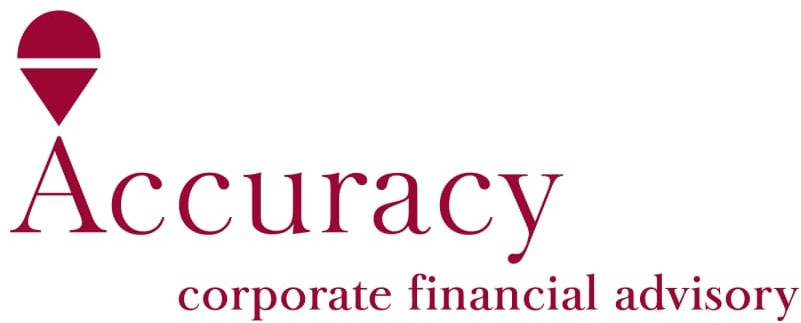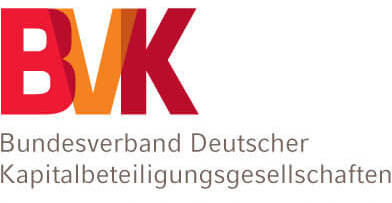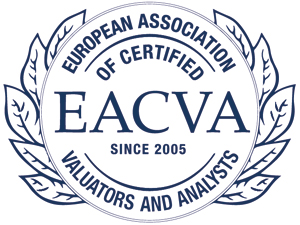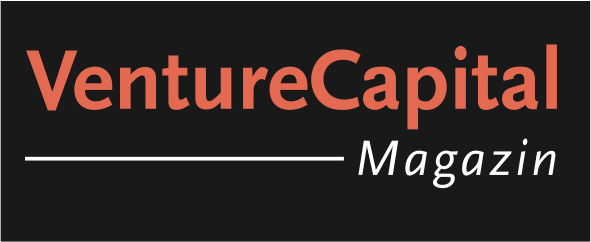NEWSLETTER of April 15, 2022
The following content has been added at finexpert:
Studies > Performance
Goldman Sachs
HOW MUCH RISK IS PRICED INTO GLOBAL ASSETS NOW?
The invasion of Ukraine and the escalating sanctions on Russia continue to be the dominant driver of markets. Before the start of military action, Goldman Sachs Research estimated how much geopolitical risk premium was priced into a range of global assets and estimated how those assets might move in the case of either a full de-escalation or a version of a scenario where risks flared into outright conflict. >more
Studies > Corporate Finance
BCG
DEN BLICKWINKEL AKTIVISTISCHER AKTIONÄRE EINNEHMEN: EINE CHANCE FÜR UNTERNEHMEN?
Since the beginning of 2021, company valuations have risen on the markets. At the same time, activist campaigns continued to be observed. Therefore, we wanted to know: Against this backdrop, how has risk changed in 2021, and what issues currently dominate investors' agendas? Since the beginning of 2021, company valuations in the markets have increased. At the same time, activist campaigns continued to be observed. Therefore, we wanted to know: How has risk changed in 2021 against this backdrop, and what issues currently dominate investors' agendas? >more
Studies > Corporate Finance
Moody's
CREDIT FALLOUT FROM THE RUSSIA-UKRAINE MILITARY CONFLICT
Russia’s military invasion of Ukraine has led to turmoil in the global financial markets, causing rippling effects for credit risk across countries and sectors. This article assesses some of the repercussions on corporate credit risk in the immediate aftermath of the geopolitical crisis. We highlight country- and industry-level risk dimensions of the Russia-Ukraine military conflict, covering four primary areas: mass emigration, surging energy prices, supply chain risks, and rising inflationary pressure. >more
Studies > Macro
KPMG
GLOBAL ECONOMIC OUTLOOK
As last year drew to a close, KPMG’s H2’2021 Global Economic Outlook was published. At the time, I described the previous twelve months as turbulent and uncertain with a constant wave of challenges and threats. Today, we find ourselves in an arguably even more unsettling period. As COVID-19 restrictions gradually eased throughout the world, there was a glimmer of hope that economies could slowly rebuild and return to a period of sustainable long-term growth. The war in Ukraine dealt a hammer blow to international confidence and economic stability, forcing us all to, once again, identify risks and focus on contingency planning and resilience. >more
Research Papers > Corporate Finance
THE TREASURY MARKET IN SPRING 2020 AND THE RESPONSE OF THE FEDERAL RESERVE
Annette Vissing-Jorgensen
2022
Treasury yields spiked during the initial phase of COVID. The 10-year yield increased by 64 bps from March 9 to 18, 2020, leading the Federal Reserve to purchase $1T of Treasuries in 2020Q1. Fed purchases were causal for reducing Treasury yields based on the timing of purchases (which increased on March 19), the timing of yield reversal and Fed purchases in the MBS market, and evidence against confounding factors. Treasury-QE worked more via purchases than announcements. The yield spike was driven by liquidity needs of mutual funds, foreign official agencies, and hedge funds that were unaffected by the March 15 Treasury-QE announcement. >more
Research Papers > Corporate Finance
ANGELS AND VENTURE CAPITALISTS: COMPLEMENTARITY VERSUS SUBSTITUTION, FINANCING SEQUENCE, AND RELATIVE VALUE ADDITION TO ENTREPRENEURIAL FIRMS
Thomas J. Chemmanur, Harshit Rajaiya, and Jiajie Xu
2022
Using a large sample of angel and venture capital (VC) financing data from the Crunchbase and VentureXpert databases and private firm data from the NETS database, we address three important research questions. First, we analyze the relative extent of value addition by angels versus VCs to startup firms. We show that startups financed by angels rather than VCs are associated with a lower likelihood of successful exit (IPO or acquisition), lower sales and employment growth, lower quantity and quality of innovation, and lower net inflow of high-quality inventors. We disentangle selection and monitoring effects using instrumental variable (IV) and switching regression analyses and show that our baseline results are causal. Second, we investigate the complementarity versus substitution relationship between angel and VC financing. We find that a firm that received a larger fraction of VC or angel financing in the first financing round is likely to receive a larger fraction of the same type of financing in a subsequent round; however, when we include other non-VC financing sources such as accelerators and government grants into the analysis, a firm that received angel (rather than other non-VC) financing in the first round is also more likely to receive VC financing in a subsequent round. Third, we analyze how the financing sequence (order of investments by angels and VCs across rounds) of startup firms is related to their successful exit probability. We find that firms that received primarily VC financing in the first round and continued to receive VC financing in subsequent rounds (VC-VC) or those that received primarily angel financing in the first round and received VC financing in subsequent rounds (Angel-VC) have a higher chance of successful exit compared to those with other financing sequences (VC-Angel or Angel-Angel). >more













